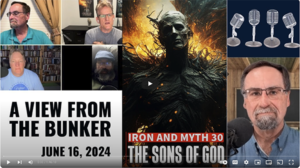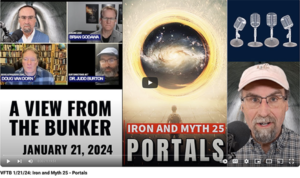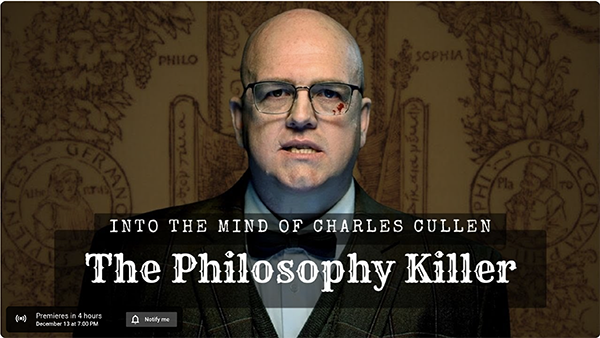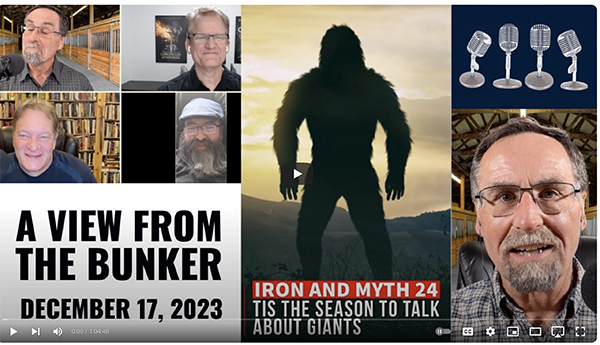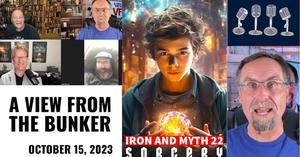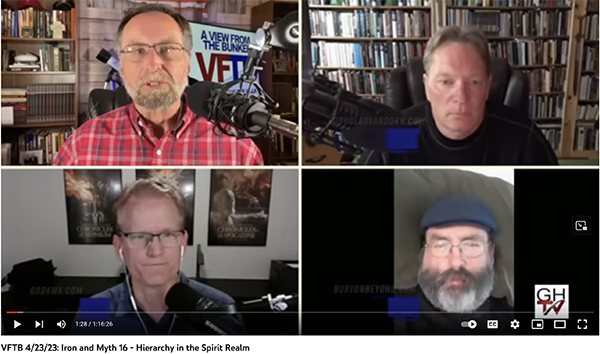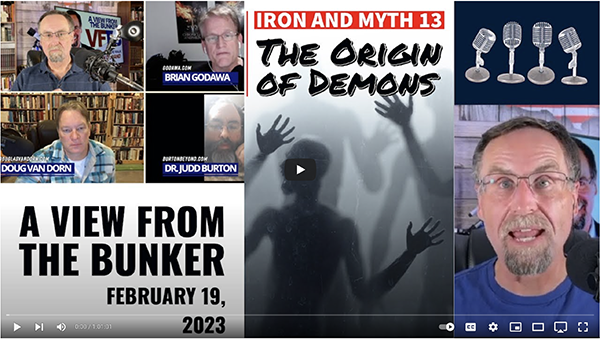A DEBATE over the nature and identity of a shadowy group mentioned in the Book of Genesis has divided Christian theologians for the last 1,600 years.
This month, our Iron and Myth roundtable discusses the “sons of God” in Genesis 6:1–4. Were they divine beings or humans?
And if they were just flesh and blood, how did their unions with “daughters of men” result in the Nephilim (which we’ll discuss next month)?
Joining Derek Gilbert to hash this out are Doug Van Dorn (www.douglasvandorn.com), author of Giants: Sons of the Gods, Dr. Judd Burton (www.BurtonBeyond.net), author of Interview With the Giant, and Brian Godawa (www.Godawa.com), best-selling author of the theological thriller Cruel Logic.
Our discussion explores the interpretation of the phrase ‘sons of God’ in Genesis 6 and its implications in the Old and New Testaments.
We delve into the Sethite view, the dynastic king view, and the supernatural view, examining the historical and linguistic context of the phrase.
The Septuagint’s role in clarifying the supernatural elements is also highlighted.
We also address the fear of mythology and selective theology based on personal bias.
The conversation also explores the divine right of kings, the nature of the angel of the Lord, the concept of the Nephilim, the cultural context of ancient beliefs, and the danger of interpreting ancient scriptures while projecting modern values onto the past.

